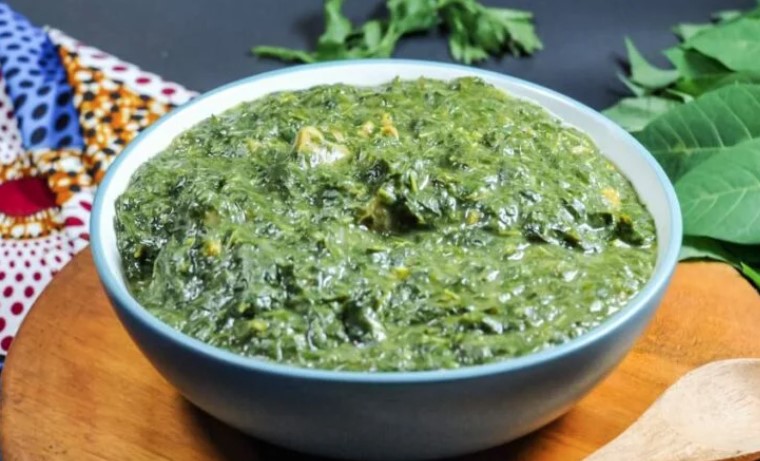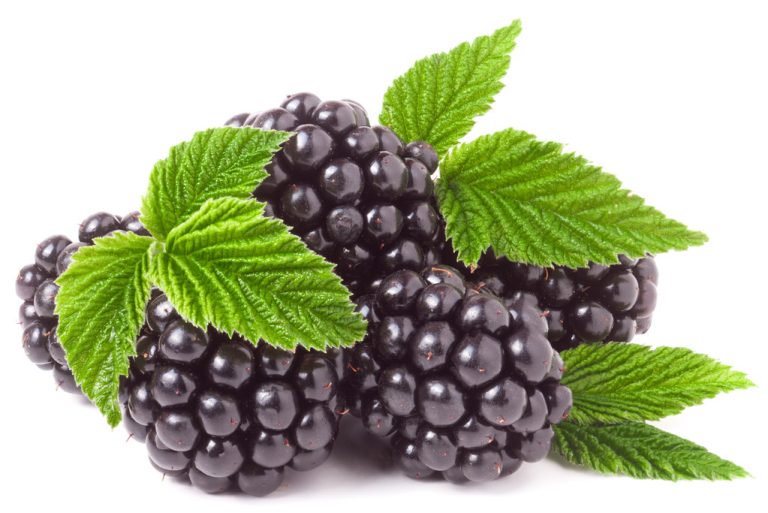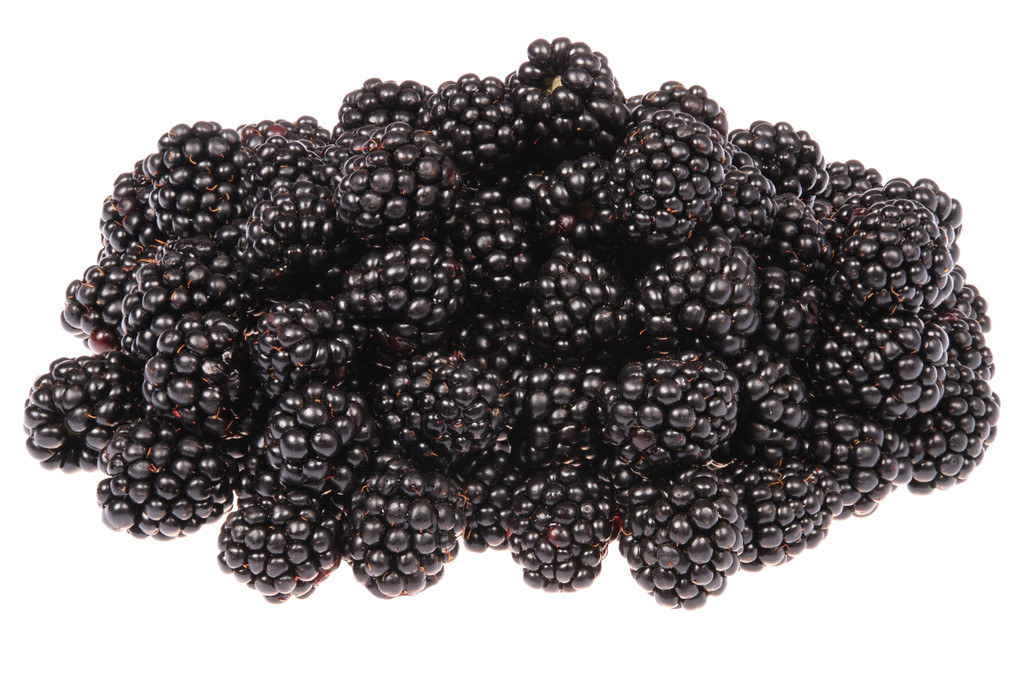Introduction: Quissange, a Traditional Angolan Dish
Quissange is a traditional Angolan dish that is widely consumed in the country and other parts of Africa. It is a hearty stew made with cassava leaves, fish or meat, and various spices. Cassava is a staple food in Africa, and its leaves are rich in nutrients, making it an essential ingredient in many African dishes. Quissange is a delicious and nutritious meal that is easy to prepare and perfect for a family dinner or a special occasion.
Ingredients and Preparation of Cassava Leaf Stew
To prepare Quissange, you will need cassava leaves, fish or meat, onions, garlic, tomatoes, palm oil, and various spices such as salt, pepper, and chili powder. The first step in preparing the stew is to wash the cassava leaves thoroughly and chop them finely. In a large pot, sauté the onions and garlic in palm oil until they are soft and fragrant. Add the chopped tomatoes and cook until they are soft and the liquid has reduced.
Next, add the chopped cassava leaves to the pot and stir well. Add enough water to cover the leaves and bring the stew to a boil. Reduce the heat and simmer for about an hour or until the leaves are tender and the stew has thickened. Finally, add the fish or meat to the stew and cook until it is fully cooked and tender. Adjust the seasoning as needed and serve hot with rice or bread.
Pairing Quissange with Fish or Meat for a Delicious Meal
Quissange can be paired with fish or meat to make a delicious and filling meal. The choice of fish or meat is up to you, but some popular options include tilapia, catfish, or chicken. The fish or meat can be added to the stew during the last 20 to 30 minutes of cooking, depending on the size and type of protein used.
Quissange is a versatile dish that can be customized to suit your taste preferences. Some people like to add additional vegetables such as carrots or peppers to the stew, while others prefer to keep it simple with just cassava leaves and fish or meat. Regardless of how you choose to prepare it, Quissange is a satisfying meal that is sure to please.






